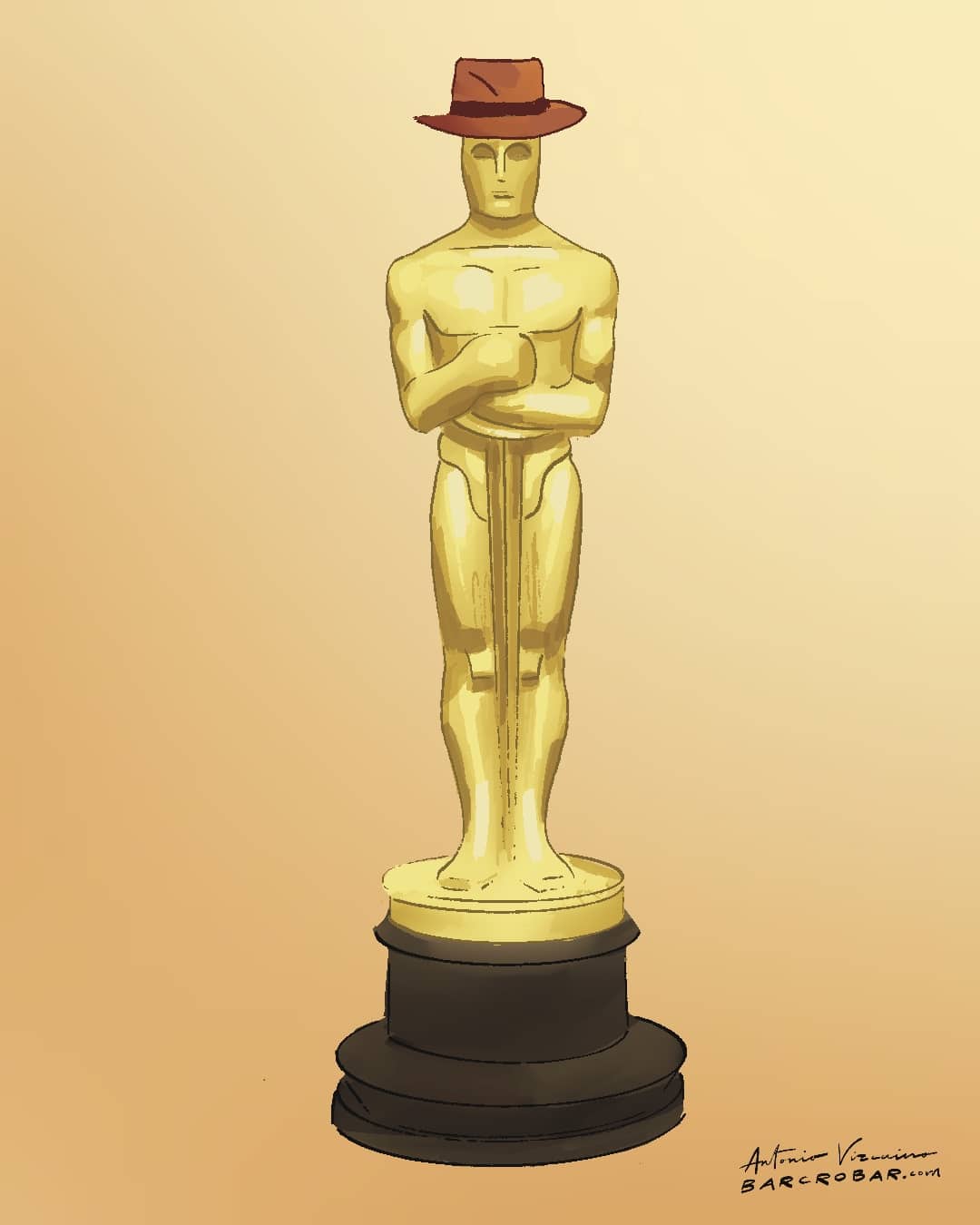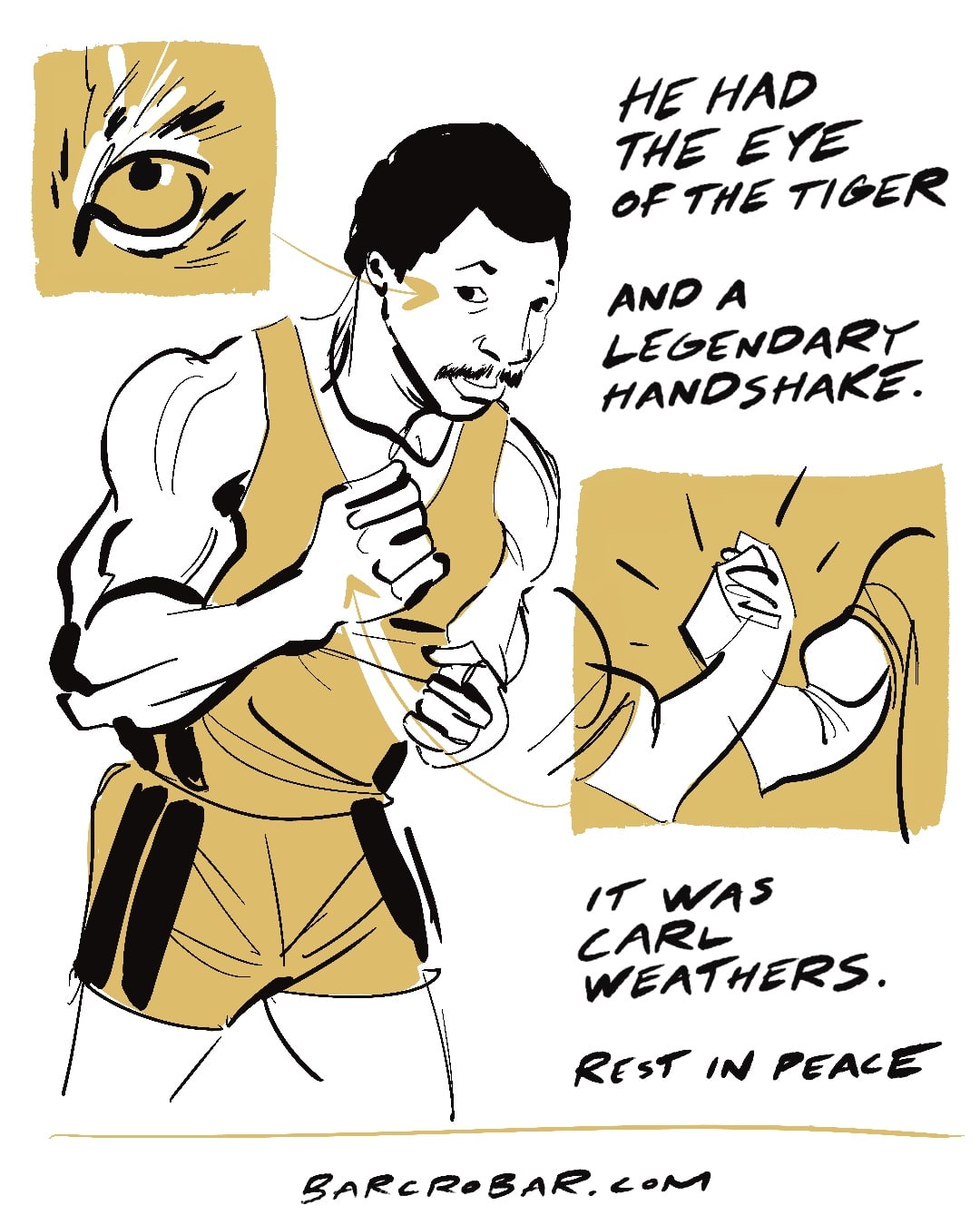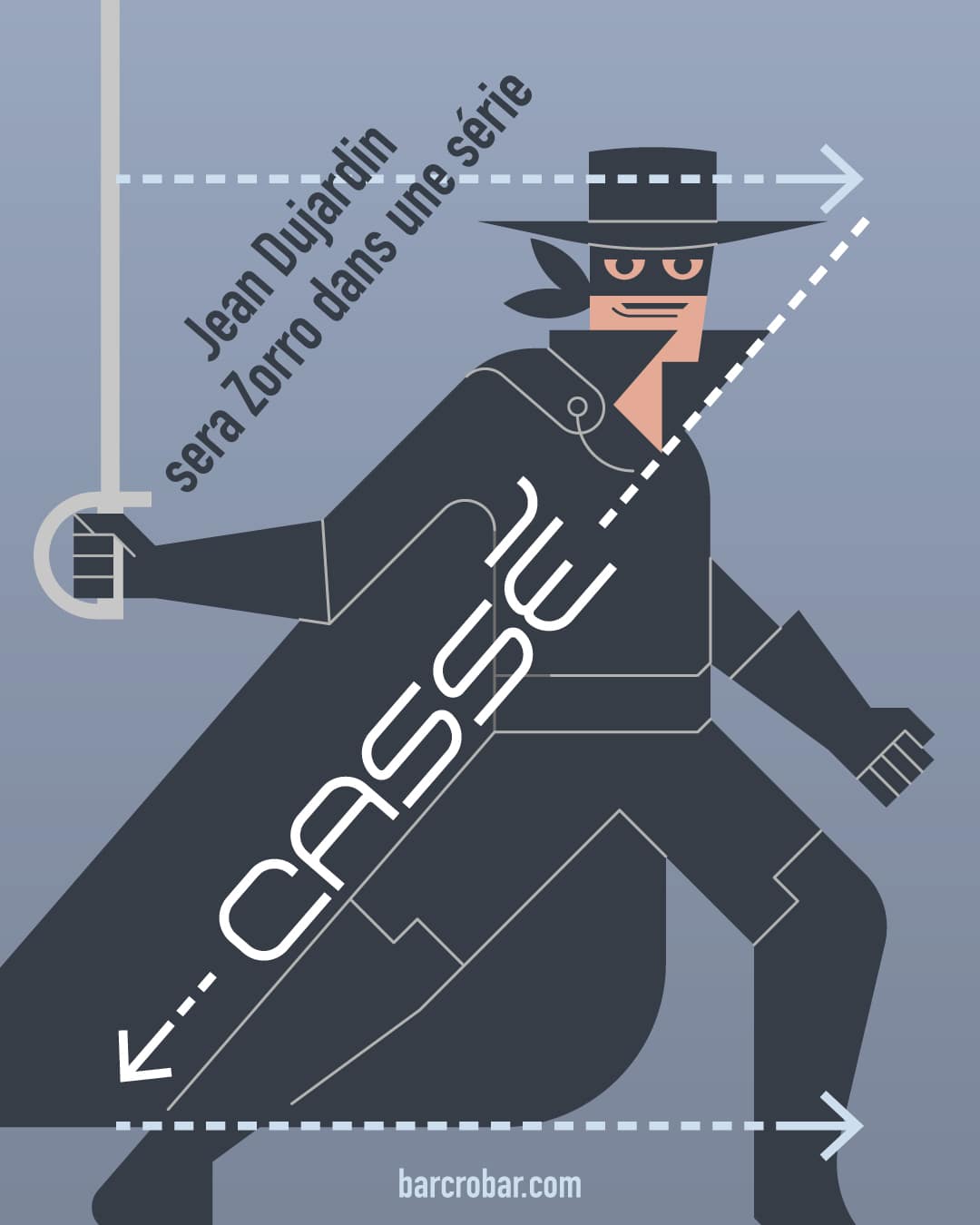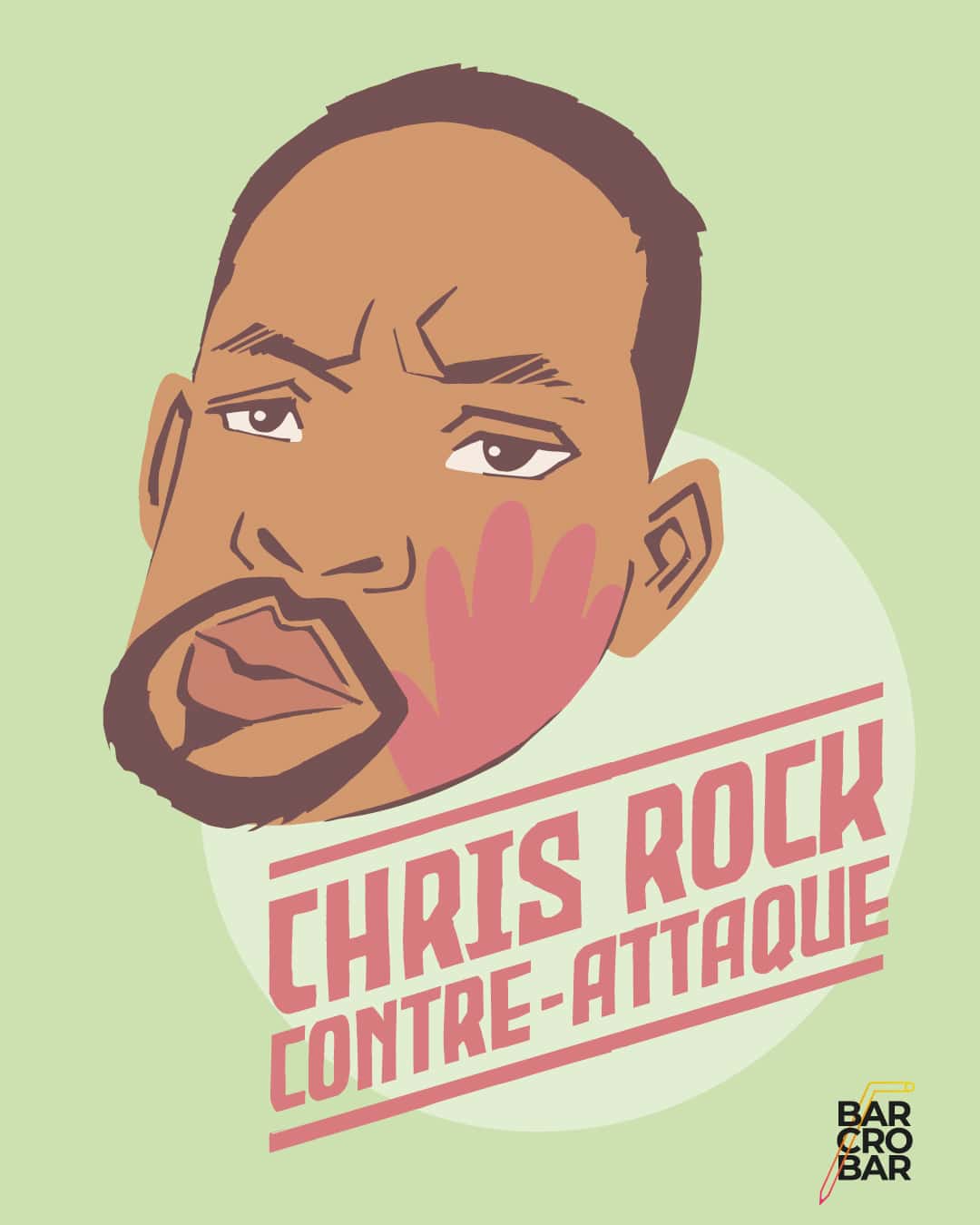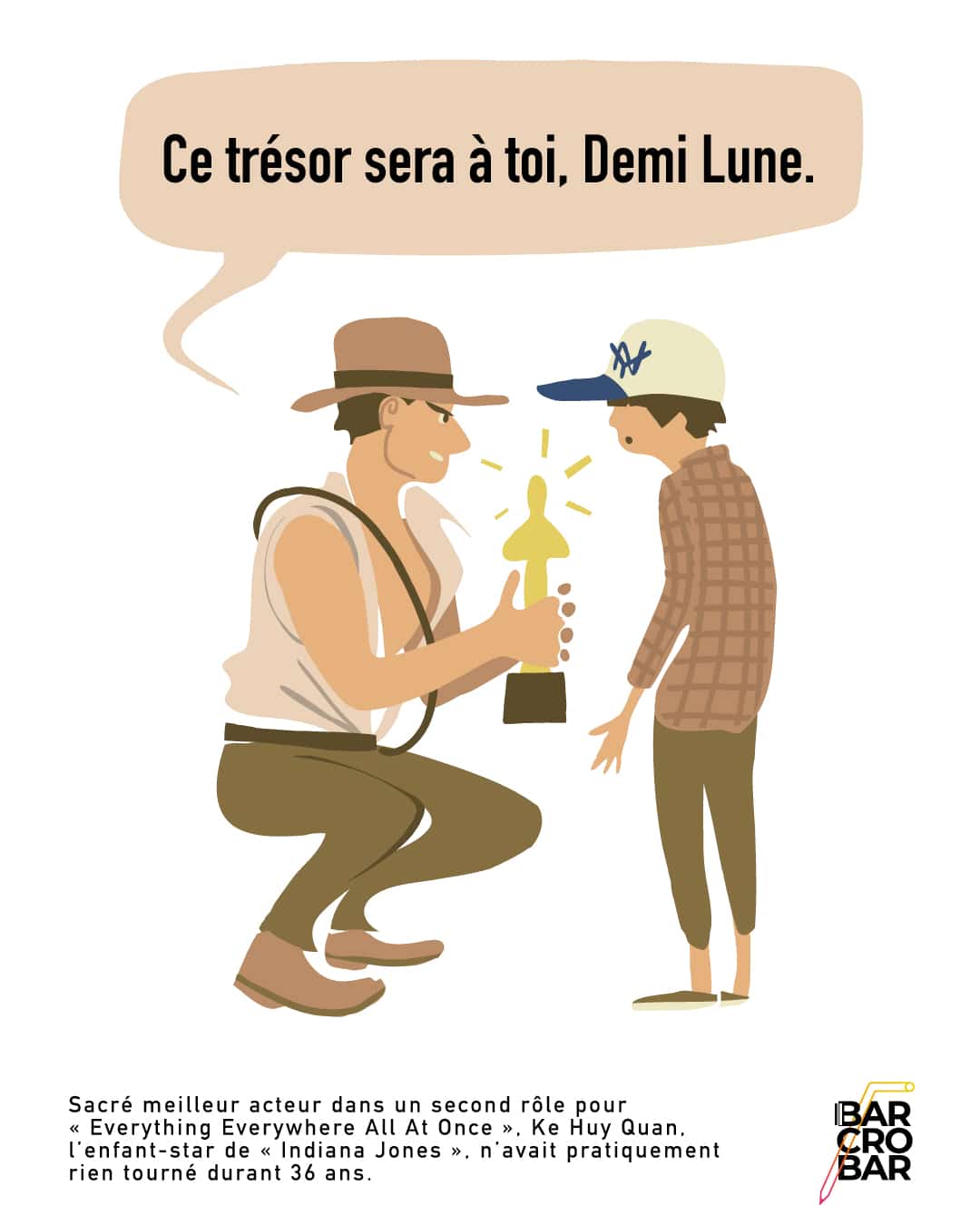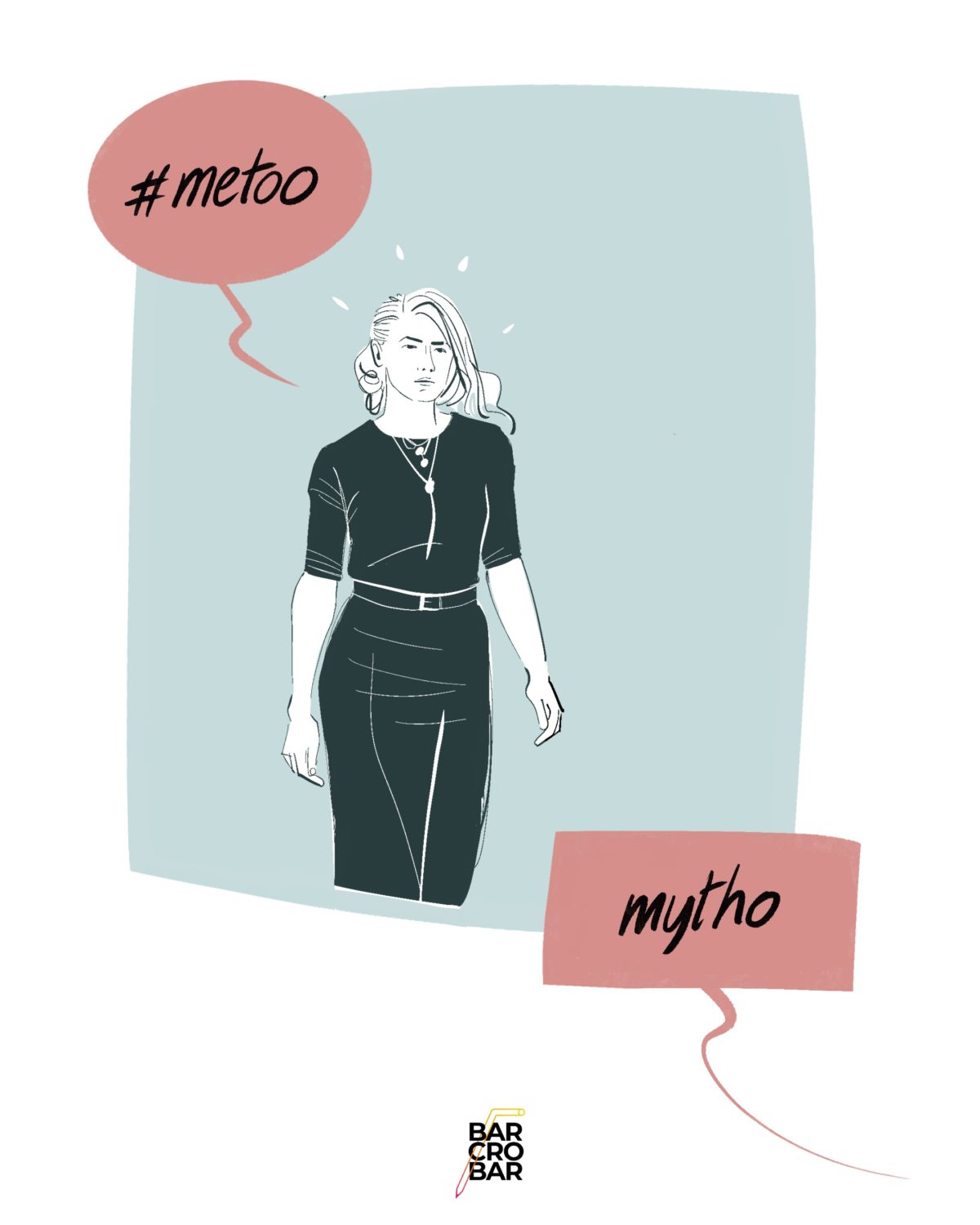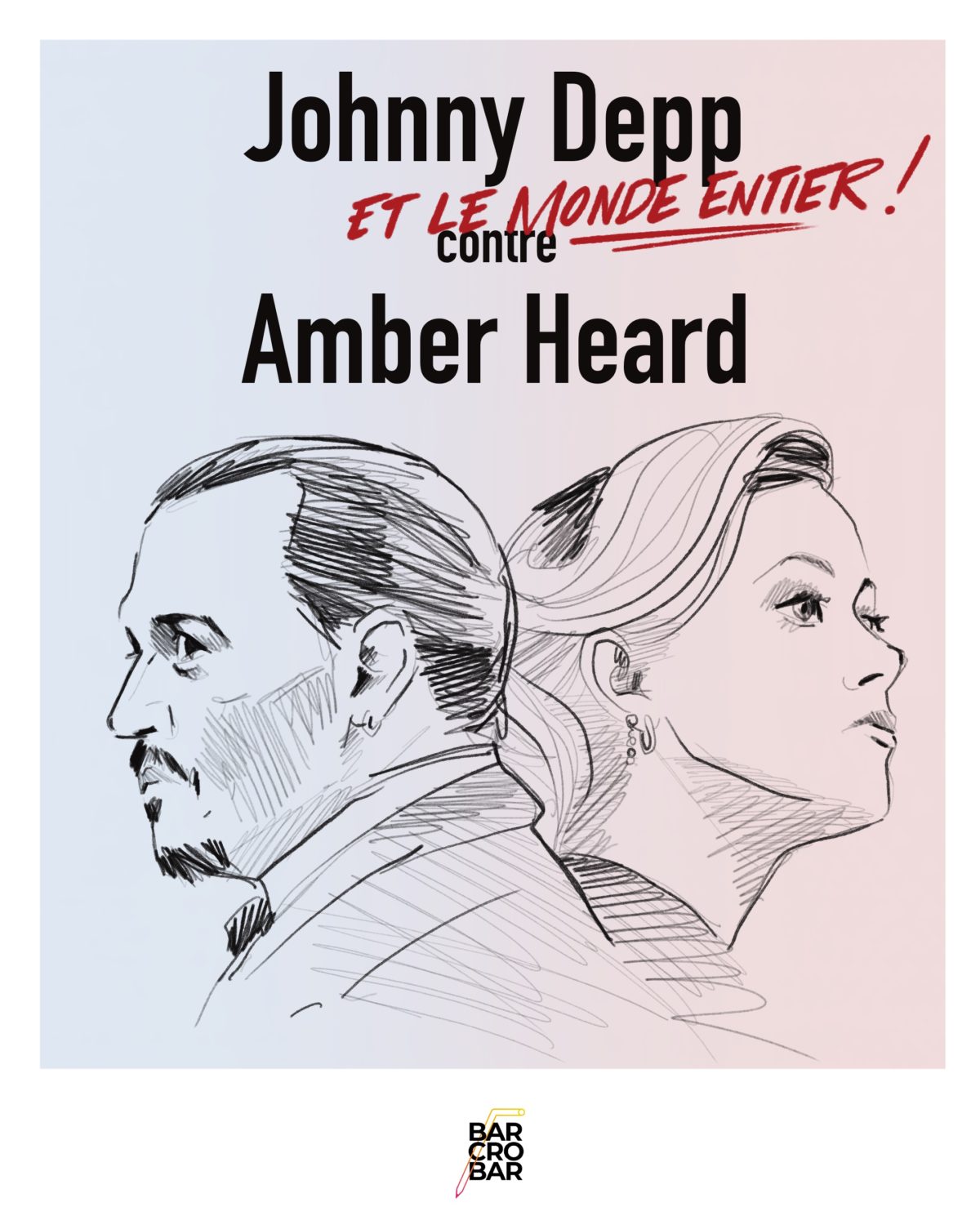Buoyed by rave reviews and an impeccable cast, Christopher Nolan's portrait of the father of the atomic bomb dominated the evening. "I can't emphasise enough the incredible team we've assembled for this film", said the director, taking advantage of his award for Best Director to thank all the actors.
Cillian Murphy, masterful as Robert Oppenheimer, a nuclear genius full of contradictions and doubts, won the Oscar for Best Actor. "For better or for worse, we live in the world of Oppenheimer" and the atomic bomb, observed the Irishman. "So I'd really like to dedicate this award to peacemakers around the world.
Robert Downey Jr, his on-screen antagonist, who plays a conservative bureaucrat orchestrating the public humiliation of the scientist, won the Best Supporting Actor award.
The film's accolade was complemented by other technical statuettes - editing, cinematography, soundtrack - in keeping with its reputation as a popular masterpiece since its theatrical release this summer.
Buoyed by rave reviews and an impeccable cast, Christopher Nolan's portrait of the father of the atomic bomb dominated the evening. "I can't emphasise enough the incredible team we've assembled for this film", said the director, taking advantage of his award for Best Director to thank all the actors.
Cillian Murphy, masterful as Robert Oppenheimer, a nuclear genius full of contradictions and doubts, won the Oscar for Best Actor. "For better or for worse, we live in the world of Oppenheimer" and the atomic bomb, observed the Irishman. "So I'd really like to dedicate this award to peacemakers around the world.
Robert Downey Jr, his on-screen antagonist, who plays a conservative bureaucrat orchestrating the public humiliation of the scientist, won the Best Supporting Actor award.
The film's accolade was complemented by other technical statuettes - editing, cinematography, soundtrack - in keeping with its reputation as a popular masterpiece since its theatrical release this summer.
>> Read more: "Oppenheimer", the Christopher Nolan version of the story of the father of the atomic bomb
>> Listen to Tout un monde's article on "Oppenheimer" as seen from Japan:
![A whole world. [RTS]](https://img.rts.ch/audio/2019/image/mqrh4r-25867459.image?w=960&h=384) RTS
RTSEmma Stone, a triumphant "poor creature
Actress Emma Stone was the other big winner of the evening. After "La La Land" in 2017, she picked up her second Best Actress Oscar for "Poor Creatures". This baroque tale by Yorgos Lanthimos won a total of four statuettes, praised in particular for its retro-futuristic aesthetic.
Emma Stone plays Bella Baxter, a suicidal woman brought back to life by a mad scientist who implants the brain of the baby she was carrying inside her. She delivers a joyously regressive performance as a creature who discovers sex and a thousand other pleasures in life without shame or prejudice.
This role was "the gift of a lifetime", the actress reacted, thanking her director and expressing her admiration for all her competitors. This category was the tightest: Lily Gladstone, remarkable as a Native American woman poisoned by her husband in Martin Scorsese's "Killers of the Flower Moon", went home empty-handed.
"Anatomie d'une chute" settles for a second-place finish
The French film Anatomie d'une chute was unable to prevent this predicted triumph. A legal thriller about the downfall of a dysfunctional artistic couple, in which an ambiguous writer played by Sandra Hüller finds herself accused of murdering her husband, it had to make do with just one Oscar out of the five categories in which it was nominated, for Best Original Screenplay.
"It will help me get through my mid-life crisis," joked an emotional French filmmaker Justine Triet, who worked alongside Nolan and Martin Scorsese on the film. "It's been a crazy year," she huffed, alongside her partner Arthur Harari, with whom she co-wrote the script. Winner of the Palme d'Or at Cannes, Anatomy of a Fall won two Golden Globes and a Bafta - the equivalent of the British Césars.
His work is the best example of French cinema abroad since "Amour", which won the Oscar for Best Foreign Film in 2013, and "The Artist", which won five statuettes in 2012.
Hayao Miyazaki, 21 years after "Chihiro".
The British film "The Zone of Interest" won the Oscar for Best International Film for its chronicle of the carefree life of a Nazi family just outside Auschwitz. Director Jonathan Glazer took the opportunity to send a message of peace to the Middle East, which is currently being undermined by Israel's war in Gaza.
"Our film shows how dehumanisation leads to the worst", said the Jewish film-maker, adding that the Israelis who died on 7 October in the Hamas attack and the 31,000 Palestinians who died are "all victims of this dehumanisation" (see also the box).
Among the other major awards, Da'Vine Joy Randolph ("Winter Break") was voted Best Supporting Actress. "The Boy and the Heron", by Japanese master Hayao Miyazaki, won the Oscar for Best Animated Film, his second, 21 years after "Chihiro's Journey".
Among the other major awards, Da'Vine Joy Randolph ("Winter Break") was voted Best Supporting Actress. "The Boy and the Heron", by Japanese master Hayao Miyazaki, won the Oscar for Best Animated Film, his second, 21 years after "Chihiro's Journey".
Text by RTS .ch afp/vic

